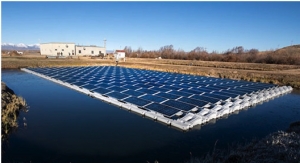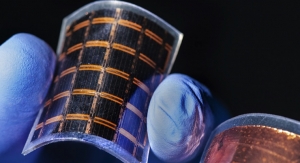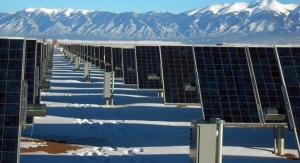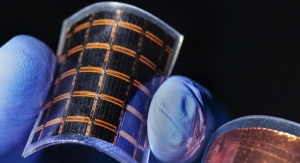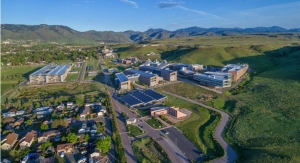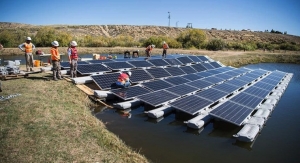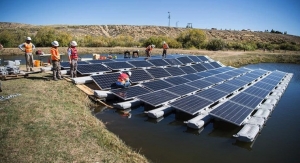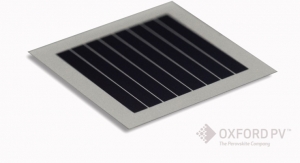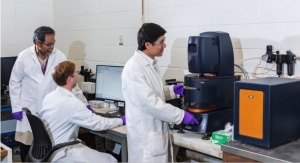01.10.19
The US Department of Energy’s (DOE’s) National Renewable Energy Laboratory (NREL) already had the world’s largest supercomputer dedicated to energy efficiency and renewable energy, Peregrine – but with its replacement system, Eagle, the laboratory’s computing capability has more than tripled. This means considerably more power to help NREL scientists advance R&D across the spectrum of renewable energy and energy-efficiency technologies.
The new system is the latest development in a long-standing partnership between Hewlett Packard Enterprise (HPE) and NREL to find innovative and energy-efficient supercomputing solutions.
Not only does Eagle (with a peak performance of 8.0 petaflops, meaning it can carry out 8 million-billion calculations per second) increase NREL’s computing capability for renewable energy and energy-efficiency research, the system itself is energy efficient, too.
Eagle features a warm-water liquid-cooled design that was originally developed for Peregrine in partnership with HPE—a concept that has become standard for other data centers. The system is designed to capture 97% of the supercomputer’s waste heat, which can then be made available for use throughout the building in which the system is housed. At the ESIF, the heat captured from Peregrine and Eagle is reused in office and lab space.
“Now, with Eagle up and running, we’re poised to deliver more scientific insights than ever before to advance our nation’s energy transformation,” said Steve Hammond, Computational Science director.
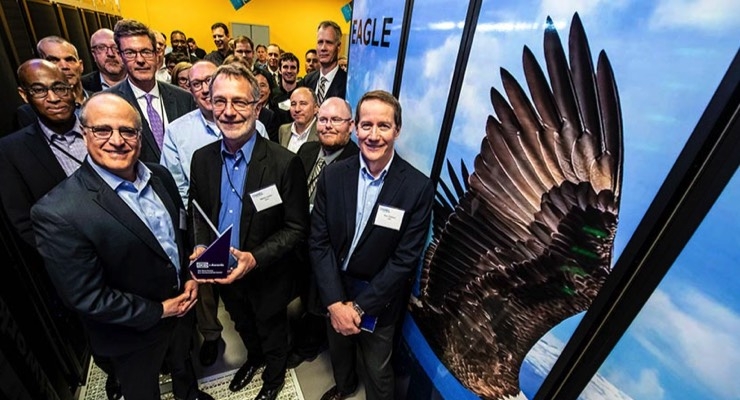
Partners from HPE joined NREL and DOE to celebrate NREL’s new 8.0-petaflop supercomputer, capable of carrying out 8 million-billion calculations per second. Photo by Dennis Schroeder/NREL
The new system is the latest development in a long-standing partnership between Hewlett Packard Enterprise (HPE) and NREL to find innovative and energy-efficient supercomputing solutions.
Not only does Eagle (with a peak performance of 8.0 petaflops, meaning it can carry out 8 million-billion calculations per second) increase NREL’s computing capability for renewable energy and energy-efficiency research, the system itself is energy efficient, too.
Eagle features a warm-water liquid-cooled design that was originally developed for Peregrine in partnership with HPE—a concept that has become standard for other data centers. The system is designed to capture 97% of the supercomputer’s waste heat, which can then be made available for use throughout the building in which the system is housed. At the ESIF, the heat captured from Peregrine and Eagle is reused in office and lab space.
“Now, with Eagle up and running, we’re poised to deliver more scientific insights than ever before to advance our nation’s energy transformation,” said Steve Hammond, Computational Science director.

Partners from HPE joined NREL and DOE to celebrate NREL’s new 8.0-petaflop supercomputer, capable of carrying out 8 million-billion calculations per second. Photo by Dennis Schroeder/NREL

